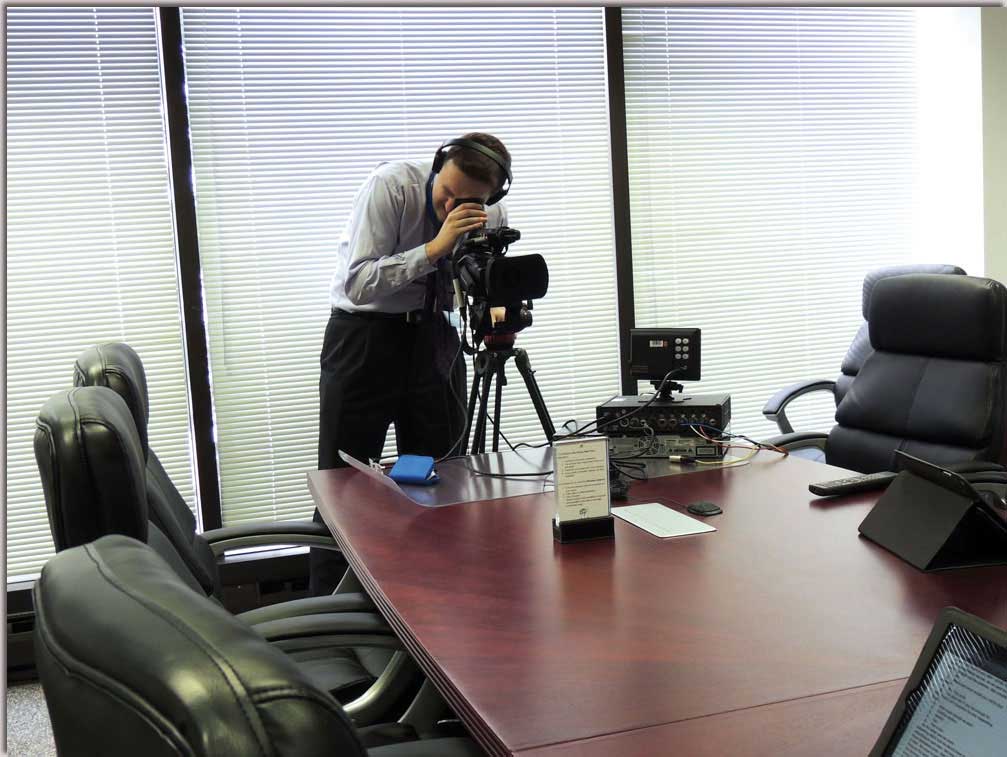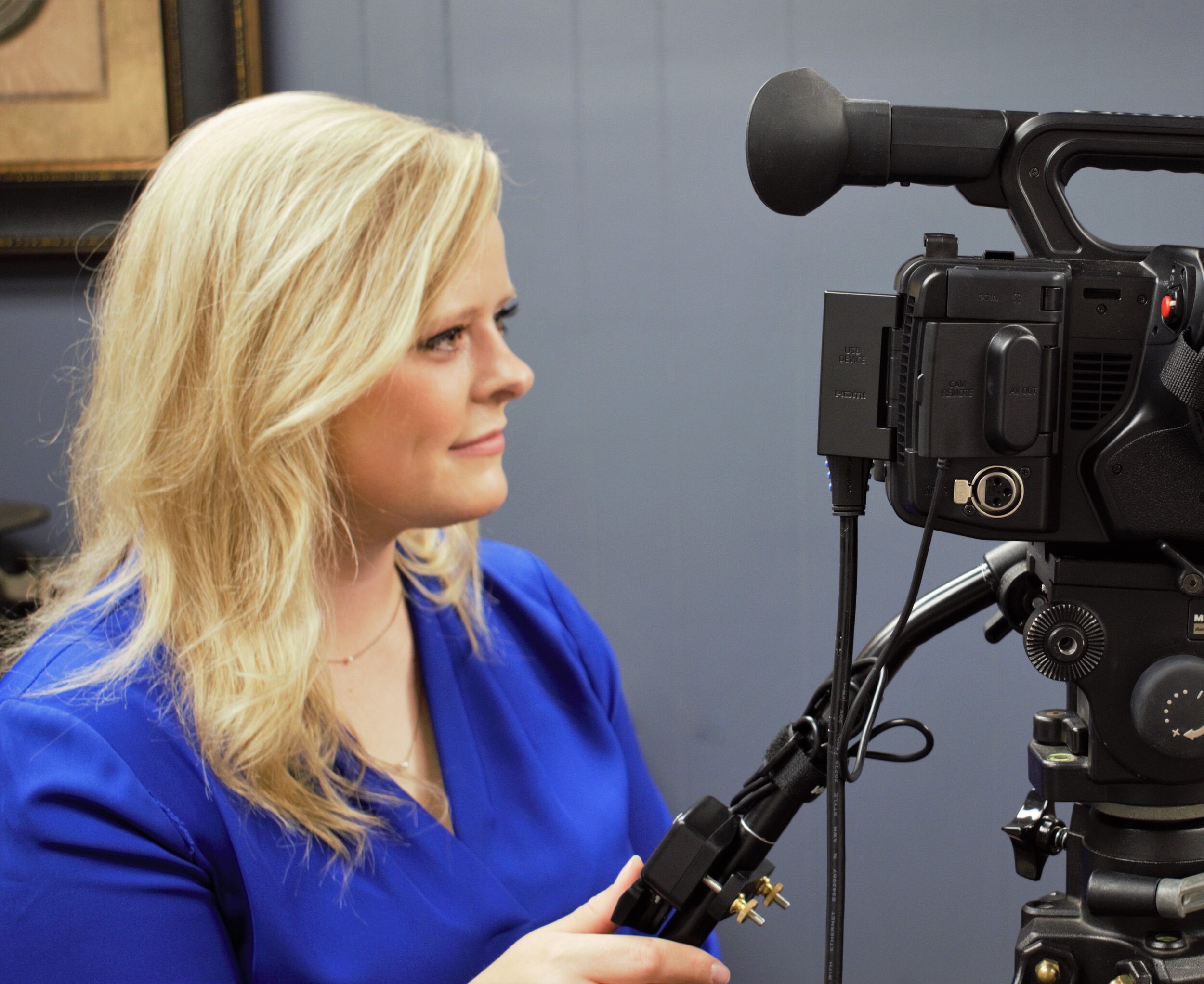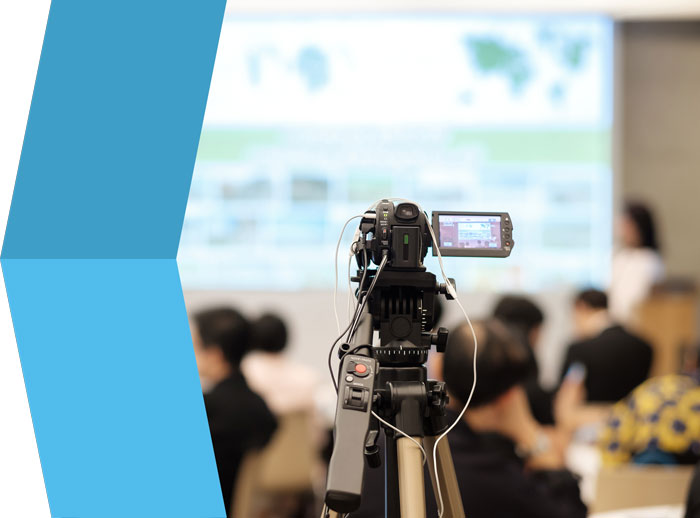The Ultimate Overview to Legal Videography for Lawyer and Legal Teams
The Ultimate Overview to Legal Videography for Lawyer and Legal Teams
Blog Article
Exploring the Mechanisms of Legal Videography: Unveiling Its Operation in Shielding Genuine Visual Testimony for Judicial Proceedings
In the realm of judicial process, the function of legal videography stands as a keystone in maintaining and providing aesthetic evidence. As modern technology continues to breakthrough, the systems behind lawful videography have actually become significantly elaborate, supplying a vital layer of authenticity to statements recorded on video.
Historic Evolution of Legal Videography
Examining the historical development of legal videography exposes a substantial transformation in the catching and discussion of aesthetic evidence within the legal landscape. In the past, lawful process heavily depended on created transcripts and photos to document occasions and offer evidence. Nevertheless, with the development of video innovation, the lawful sector witnessed a paradigm shift in exactly how aesthetic testament was captured and presented.
The advancement of lawful videography can be mapped back to the late 20th century when advancements in video recording equipment made it more available for use in courts. This technological improvement not just improved the precision and dependability of visual evidence however also transformed the method situations existed to courts and courts (Legal Videography). Lawyers began to acknowledge the persuasive power of video recordings in conveying feelings, subtleties, and non-verbal hints that composed transcripts or photographs alone might not catch efficiently

Technology Advancements in Video Clip Documentation
What key technological advancements have revolutionized video clip documents in the legal field? The legal area has actually seen considerable developments in video clip paperwork innovation that have enhanced the credibility and integrity of visual evidence in judicial process. Among the essential developments is high-definition (HD) video clip recording abilities, which offer crystal-clear pictures and sharp information that are important for accurately recording testaments, facial expressions, and other aesthetic cues. In addition, the combination of timestamping and metadata features in video clip paperwork tools has actually enabled specific paperwork of when and where the video was taped, making certain the integrity of the proof offered in court.
Additionally, advancements in video clip security and watermarking innovations have actually bolstered the protection and tamper-proof nature of video evidence, securing it versus unauthorized modifications or meddling. Furthermore, the development of cloud storage space services and remote gain access to capacities has streamlined the storage, access, and sharing of video clip proof, helping with seamless partnership amongst legal professionals and making sure reliable accessibility to crucial visual statements when required. These technological innovations in video clip documentation have actually certainly reinvented the legal area, boosting the precision, credibility, and admissibility of visual proof in judicial process.
Duty of Lawful Videographers in Court Settings
The advancement of video clip paperwork technology in the lawful area has necessitated a critical duty for legal videographers in courtroom setups, making sure the integrity and integrity of visual testimonies offered during judicial process. Legal videographers play a fundamental duty in catching and preserving precise visual proof that can be critical in litigation. Their obligation reaches establishing up equipment, recording procedures, and producing top notch videos that properly reflect the occasions in the courtroom.
In court room settings, lawful videographers have to stick to strict guidelines and criteria to preserve the credibility of the visual document. They must have an eager eye for information and an extensive understanding of legal procedures to make certain that the footage they record is a true depiction of the events that took place. Furthermore, legal videographers typically function very closely with legal teams to guarantee that the video clip evidence aligns with the instance's needs and can be efficiently offered in court to sustain the legal disagreements being made. On the whole, the role of legal videographers in court setups is indispensable in maintaining the concepts of justice and ensuring the transparency of legal procedures.

Ensuring Admissibility and Honesty of Video Proof
To keep the trustworthiness of aesthetic evidence provided in lawful process, guaranteeing the admissibility and stability of video clip evidence is a vital duty for legal videographers. Admissibility refers to the approval of proof by the court, and for video proof to be permissible, it must satisfy specific requirements. Legal videographers play a vital function in ensuring that the videos they catch abide by the regulations of proof, such as reliability, authenticity, and relevance.
Integrity of video clip proof entails keeping the creativity and precision of the video footage from the time it is tape-recorded up until it is provided in court. This includes securely saving the video clip data, recording the chain of protection, and protecting against any kind of meddling or modifications. Legal videographers should comply with strict find out this here methods to assure the stability of the video evidence and protect against any kind of difficulties to its authenticity.
Future Trends in Legal Videography
Given the increasing dependence on modern technology in legal proceedings, lawful videographers are positioned to accept innovative advancements forming the future of visual testimony capture and discussion. One of the prominent fads imminent is the combination of virtual fact (VR) and augmented fact (AR) innovations into lawful videography. These technologies have the possible to reinvent how aesthetic evidence exists in court rooms, enabling judges and juries to submerse themselves in the scene of the criminal activity or incident.
In addition, using expert system (AI) algorithms for video clip find analysis is expected to simplify the process of assessing and evaluating huge amounts of video clip footage. AI can assist in determining key moments, abnormalities, and patterns within videos, boosting the efficiency of legal examinations.

Conclusion
To conclude, legal videography has actually played an essential duty in offering genuine visual proof for judicial proceedings. With technical developments and the expertise of lawful videographers, the honesty and admissibility of video proof are ensured in court setups. As legal videography remains to advance, it will certainly be vital to copyright requirements that preserve the accuracy and integrity of visual statement for the future of lawful procedures.
Analyzing the helpful site historic development of lawful videography reveals a substantial improvement in the capturing and presentation of aesthetic evidence within the lawful landscape.The advancement of video paperwork modern technology in the legal area has actually necessitated an essential role for lawful videographers in court setups, making certain the integrity and dependability of visual testaments provided during judicial proceedings. Furthermore, lawful videographers usually function closely with legal teams to guarantee that the video evidence aligns with the case's demands and can be successfully offered in court to sustain the lawful debates being made.To keep the credibility of visual evidence presented in lawful process, making certain the admissibility and honesty of video clip proof is an essential duty for lawful videographers. As legal videography continues to develop, it will be important to copyright standards that keep the precision and integrity of visual statement for the future of legal proceedings.
Report this page